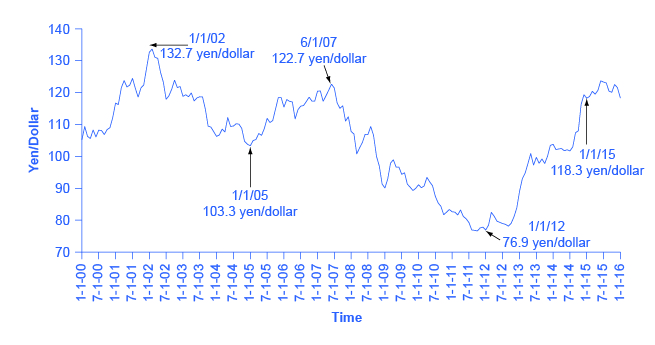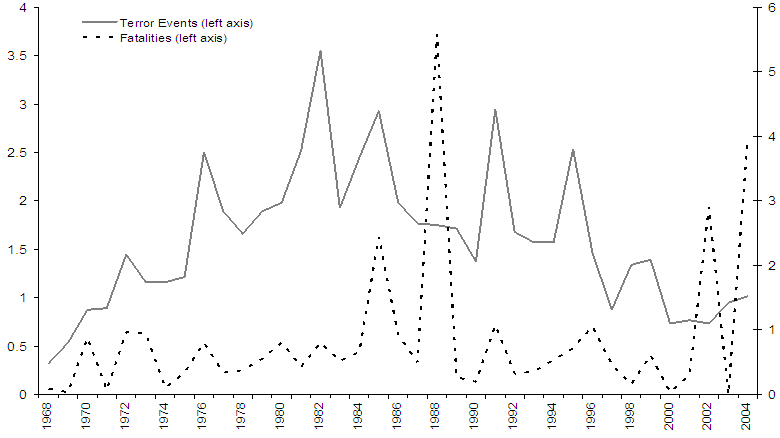

Consequently, Keynes argued, output would decrease and, therefore, limit economic growth/recovery until, of course, I bought my new computer with the money that I’ve saved. The savings schedule rises from S to S 1, but this serves to reduce the equilibrium level of national income from Y to Y1, and the actual amount saved from Sy to Sy1. Suppose everyone gets a salary of $1,000, saves 50% and spends the other $500, which increases product demand, creates jobs, encourages entrepreneurship, and generates tax revenue for the government. The subsequent lower prices increase demand and can require increased production.
- Firstly, if savings are held as cash, rather than being loaned out , then loanable funds do not increase, and thus a recession may be caused – but this is due to holding cash, not to saving per se.
- In 1936, Keynes wrote a controversial book called “The General Theory of the Economy” in which he declared that spending and investment in the economy were the keys to increasing economic growth.
- This theory was heavily criticized by non-Keynesian economists on the ground that an increase in savings allows banks to lend more.
- In The Netherlands, savings increased by €6 billion in 2012 while consumer spending fell.
Further, reduced savings results in unplanned inventories—businesses reduce production—employment levels go down. Line I shows the relationship between investment spending and Gross Domestic Product . When people wish to increase savings from S to S1, it leads to a fall in real investment and income . The first conceptual description of the paradox of thrift may have been written in Bernard Mandeville’s “The Fable of the Bees” .
Macro Policies to avoid an Economic Recession
Saving is treated as a virtue by households as they provide a protective umbrella against bad spells but same is treated as a vice by the economy as it retards the process of income generation. Paradox of thrift refers to contrasting implications of savings to households and to economy as a whole. The inability to export could be due to the lack of transport channels, inferior product quality, or the inability to compete with the international market’s pricing. Pareto’s efficiency is defined as the economic situation when the circumstances of one individual cannot be made better without making the situation worse for another individual.

Unknownsaid…i think paradox of thrift means saving of an individual ultimately decrease the saving. By reducing benefits they further reduced consumer spending and AD. This made areas of high unemployment even more impoverished.
The assumptions of the theories are no longer followed during the phase of paradox. Sales Tax is a tax imposed as a proportion of consumer spending on specified goods or … In 1893, in the The Fallacy of Saving, John M. Robertson writes on the potential problem of many individuals saving at once. In the UK and US Keynes was largely ignored until after the war and as a consequence the UK economy experienced high levels of unemployment for the remainder of the decade.
The Paradox of Thrift arises out of the Keynesian notion of an aggregate demand-driven economy. Also, the theory ignores the potential for inflation or deflation. If higher current spending causes future prices to rise concordantly, future production and employment will remain unchanged. Similarly, define paradox of thrift if current thrift during a recession forces future prices to fall, future production and employment need not decline as Keynes predicted. This greater-than-proportional change in national income is the result of chain reactions that generate more activity than the original increase .
Paradox of Thrift in 1930s
When people saved rather than spent their money it just made the recession worse. The stock market crashed in 1929, a huge blow for investors, banks, financial institutions, and businesses. The economy collapsed, giving rise to the great depression of 1929. The paradox of thrift explains how people tend to save more in times of recession, creating a huge market cash-flow gap.
Technological innovation can significantly raise the total amount of output in an economy. A real world example of the savings paradox during the Great Recession was the case of 25- to 29-year-olds who moved in with their parents. The percentage of such people increased from 14% in 2005 to 19% in 2011. While the move helped families save money on rent and other expenses, it caused estimated damages of as much as $25 billion per year to the economy.
INVESTMENT BANKING RESOURCESLearn the foundation of Investment banking, financial modeling, valuations and more. The Paradox of Thrift graph, the x-axis denotes income, and the y-axis represents savings and investments. Two parallel lines denote the shift in the relationship between savings and income. It is the opposite scenario; people are more likely to spend their incomes when they earn more. In the above graph, the Y-axis represents savings, and the X-axis represents income.
This paradox is based on the proposition, put forth in Keynesian economics, that many economic downturns are demand-based. Faced with the prospect of recession and unemployment, people take the reasonable step to increase their personal saving and cut back on spending. However, this fall in consumer spending leads to a decrease in aggregate demand and therefore lower economic growth. An increase in the rate of saving reduces consumption in the economy which, in turn, reduces total output . According to British economist John Maynard Keynes, when people save during a recession, the level of consumer spending decreases, which eventually slows down economic growth. Such increases in capital stock ultimately lead to higher levels of business productivity and growth.
Economics
This dictionary definitions page includes all the possible meanings, example usage and translations of the word paradox of thrift. In a recession, banks may not want to lend, and even if banks do want to lend, firms do not want to borrow and invest. In fact, in a recession, firms may do the same as consumers and try to save more and pay back dent. A fall in demand from higher saving, will cause lower prices, which encourage demand to increase.
Even More Explanation of the Paradox Of Thrift
The Austrian School economist Friedrich Hayek criticized the paradox in a 1929 article, «The ‘Paradox’ of Savings», questioning the paradox as proposed by Foster and Catchings. Once the new, more productive structure of capital has reorganized inside of the current structure, the real costs of production is reduced for most firms. Some criticisms argue that using accumulated capital to increase production is an act which requires spending, and therefore the Austrian argument does not disprove the paradox. However, this confuses spending on capital goods with spending on consumer goods.
The unemployed, who now lack wages, have stopped spending entirely. This aggravates the problem, even more, leading to a downward economic spiral. In the great depression of the 1930s, GDP fell, unemployment rose and the UK experienced a long period of deflation.
It must either be funded by a public sector deficit or a by a foreign sector deficit which is equivalent to exports being higher than imports for the country analyzed. Therefore, there exists two types of possible equilibriums for a growing economy. Either the public sector is funding the growth of the private sector via a slight deficit or its current account balance is positive and the country is a net exporter of goods and services. The paradox of thrift postulated by the British Keynesian economist, John Maynard Keynes. His theory was based upon Keynesian economic theory that productivity is driven by aggregate demand. When consumers choose to save their money over spending it in a recession, this harms the businesses that sell goods and services.
A consumer saving sends the signal that the consumer DOES NOT WANT to consume any of the goods in the market at the prevailing market price. Keynesian economics comprise a theory of total spending in the economy and its effects on output and inflation, as developed by John Maynard Keynes. Some save with a specific purchase in mind, such as cosmetic surgery or a Porsche, while others save just to have more money. Economists say that individuals save to buy durable goods and/or accumulate wealth to maintain a certain lifestyle during retirement or in times of financial uncertainty. In the near term, the saver can finally buy the latest and greatest gadget, and in the long term, the saver can be more financially secure during retirement or unplanned unemployment.
Austrian School criticism
Current spending, after all, results in more income for current producers. Those producers rationally deploy their new income, sometimes expanding business and hiring new workers; these new workers earn new income, which then may be spent. Sectoral Balances analysis shows the effect of net savings by the private sector.
The rise in the number of twentysomethings living with their parents could have deprived the economy of up to $25 billion per year during this period. Even if this is accurate, it’s a very small share of a $15.3 trillion economy. In the short run, then, some could argue that this choice by young adults to save slows not only the housing market, but also the retail, construction, and manufacturing industries.